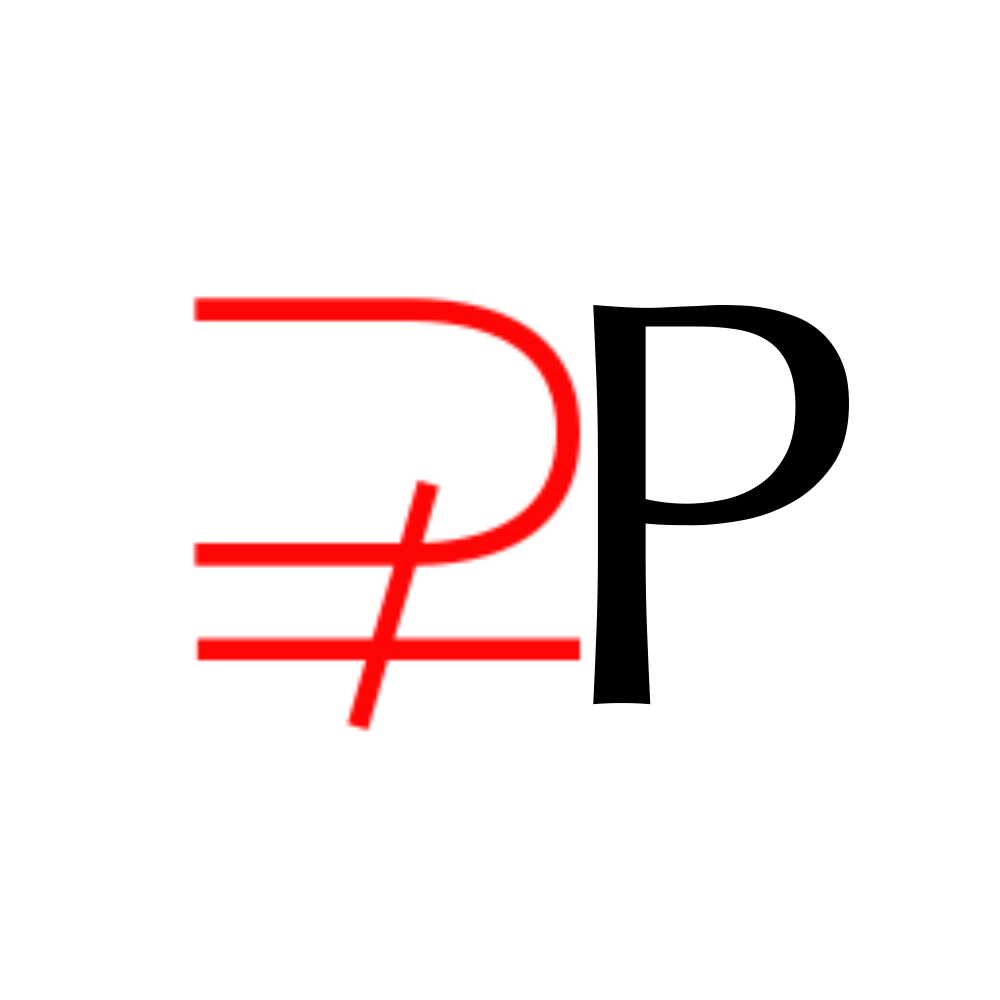The Ripple Effect
-Daily News-
The Price Tag of Power – Trump’s Tariffs, China, and the Escalating Trade War
- Home
- News and Commentary
- The Price Tag of Power – Trump’s Tariffs, China, and the Escalating Trade War
Share On Social
Today in The Ripple Effect, we are discussing the rapidly escalating trade war between the United States and China. What started on April 2, 2025, as a bold headline—an executive order that slapped tariffs on everything crossing our borders—has now spiraled into a full-blown economic standoff. Tariffs are flying back and forth so fast, it’s starting to feel less like policy and more like a financial arms race.
Let’s walk it back for a second.
Trump threw the first punch—blanketing all U.S. imports with a base 10% tariff. No carve-outs. No exceptions. Then came the targeted blows: China and the EU took the brunt. China, in particular, got hit with an extra 34%, making the total tariff a brutal 44% on anything coming out of Beijing.
The message? “We’re taking back control.”
The goal? Bring manufacturing home. Punish foreign economies that, in Trump’s words, have been “cheating the system.” Reignite American industry.
But China didn’t blink. By April 4, they hit right back—matching that 34% tariff on all American goods. Then they tightened the screws further: cutting off rare earth exports, blacklisting U.S. companies, and signaling that they’re not interested in playing defense. They’re playing for the long haul. This wasn’t a bluff. It was Beijing calling the bet—and raising. Trump, true to form, gave an ultimatum. Pull back by April 8, or the U.S. response gets heavier. China didn’t budge. No apology. No retreat.
So by April 9, Trump raised the stakes again. Another 50% tariff on top of the 54% already stacked against China. The total? A staggering 104% on all Chinese imports. China fired back with an 84% tariff on ours. These numbers aren’t normal. These aren’t adjustments. These are economic missiles. And they’re not landing in corporate boardrooms. They’re landing in checkout lines, payroll budgets, and farm supply chains. Because let’s be real—trade wars don’t hit economists first. They hit the middle class. The working class. The families who don’t have the buffer to absorb another price hike. Prices are already climbing. Phones, washers, laptops, lumber—everything’s creeping up. Contractors are spending more. Businesses are raising prices just to keep the lights on. Farmers are on edge, again. And if you’ve been paying attention, you already know—agriculture is always first on China’s hit list.
Pork. Soy beans. Corn. All throttled. All bleeding out in the export lane.
And then there’s the supply chain—the invisible backbone that keeps everything moving. Rare earths, microchips, materials we use to build the modern world—costs are rising fast. And when materials go up, hiring slows down. Layoffs become easier to justify. That’s the part they never mention at the press conference. So while the slogan might be “America First,” it’s starting to feel like everyday Americans are footing the bill. Meanwhile, China isn’t just throwing punches—they’re moving pieces. They’re deepening trade ties with Latin America, Africa, Southeast Asia. Expanding influence. Locking in deals that won’t just last for years—they’ll define the next generation. While we’re focused on tariffs, they’re focused on leverage. Infrastructure, supply deals, global positioning.
They’re not reacting. They’re restructuring.
And here’s the part that cuts through the noise: this isn’t just an economic showdown—it’s a test of leadership. A test of who’s playing the short game and who’s thinking five moves ahead. Because tariffs can be effective. They can protect domestic industries and re-balance trade. But that only happens when there’s a real strategy in place. A roadmap. Not just political muscle-flexing, but economic vision. Right now, what we’re watching feels more like improvisation. Policy by pressure. A poker game played with other people’s paychecks. If this was about building a future, we’d be using tariffs to support clean energy, revive American manufacturing with fair-wage jobs, and rebuild domestic supply chains that don’t collapse under pressure. Instead, we’re watching a power play—bold on the surface, unclear underneath. And that brings us to the question that matters most: Are we protecting the country—or protecting the narrative? Because Trump is still quoting The Art of the Deal. But Xi? Xi’s quoting The Art of War. And the rest of us? We’re just trying to figure out who’s making the next move—and who’s about to pay for it.


 and then
and then